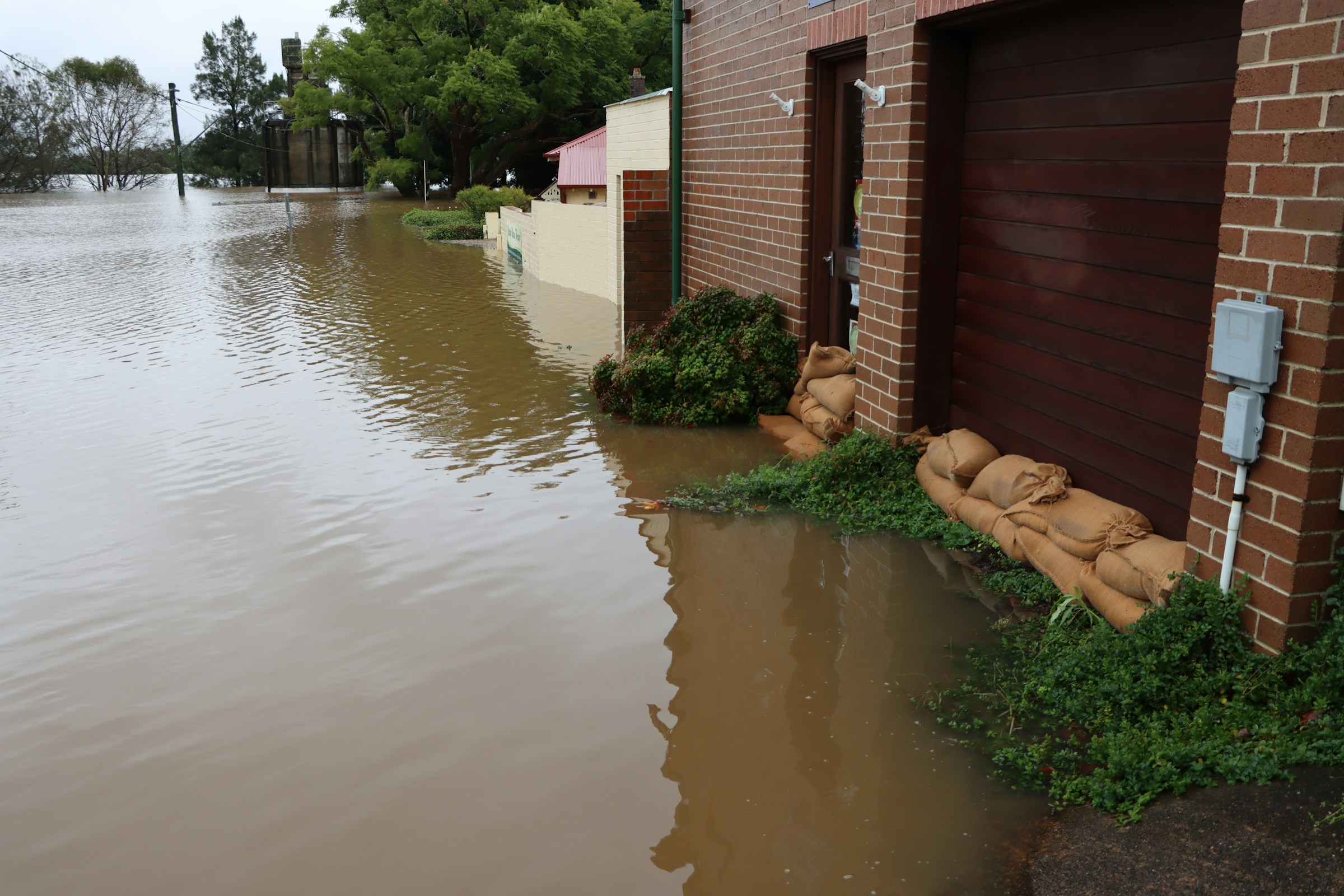Understanding Water Damage: Prevention, Detection, and Recovery
Water damage affects millions of homes annually, causing structural issues, health concerns, and significant financial losses. From burst pipes to flooding, understanding how to identify early warning signs, implement preventive measures, and respond effectively can save homeowners thousands of dollars in repairs. This comprehensive guide explores the critical aspects of water damage management, helping you protect your property and maintain a safe living environment for your family.

Water damage represents one of the most costly and destructive issues homeowners face today. Beyond immediate structural concerns, water intrusion can lead to mold growth, electrical hazards, and long-term property value decline. Understanding the complexities of water damage helps property owners make informed decisions about protection, detection, and restoration strategies.
Signs of Water Damage in Your Home
Recognizing water damage early can prevent minor issues from becoming major disasters. Visible indicators include water stains on walls or ceilings, which often appear as yellow or brown discoloration. Peeling paint, warped flooring, and bubbling wallpaper signal moisture problems beneath surfaces. Musty odors frequently indicate hidden water damage, particularly in basements, crawl spaces, and behind walls.
Less obvious signs include increased utility bills from leaking pipes, soft spots in floors or walls, and condensation on windows or pipes. Homeowners should regularly inspect areas prone to water damage, including bathrooms, kitchens, basements, and around water heaters, washing machines, and HVAC systems.
Preventing Water Damage Through Regular Maintenance
Proactive maintenance significantly reduces water damage risks. Regular gutter cleaning prevents overflow that can damage foundations and exterior walls. Inspecting and replacing worn caulking around tubs, showers, and windows creates effective moisture barriers. Checking appliance hoses for wear, particularly on washing machines, dishwashers, and water heaters, prevents sudden failures.
Plumbing maintenance includes testing water pressure, inspecting exposed pipes for corrosion, and knowing the location of main water shut-off valves. Installing water detection devices near appliances and in basements provides early warning systems. Proper ventilation in bathrooms and kitchens reduces humidity levels that contribute to moisture problems.
Emergency Response to Water Leaks
Immediate action during water emergencies minimizes damage and reduces restoration costs. The first step involves shutting off the water source, whether from a main valve, appliance connection, or fixture shut-off. Removing standing water quickly prevents further absorption into flooring, walls, and furnishings.
Documenting damage through photographs supports insurance claims and restoration planning. Moving valuable items to dry areas protects personal property. Contacting insurance companies promptly initiates the claims process. For significant flooding, professional water extraction services should be contacted within 24-48 hours to prevent mold growth and structural damage.
Professional Water Damage Restoration Services
Professional restoration involves multiple specialized processes beyond simple water removal. Certified technicians use industrial-grade equipment including dehumidifiers, air movers, and moisture meters to ensure complete drying. Water classification determines appropriate restoration methods, with clean water requiring different approaches than contaminated water.
Restoration professionals assess structural integrity, remove damaged materials, and treat affected areas with antimicrobial solutions. They coordinate with insurance adjusters and provide detailed documentation of damages and repairs. Choosing certified restoration companies ensures proper equipment, training, and insurance coverage for comprehensive recovery.
| Service Type | Provider Examples | Cost Estimation |
|---|---|---|
| Water Extraction | ServiceMaster, SERVPRO | $2,000-$5,000 |
| Structural Drying | Paul Davis, Rainbow International | $1,500-$4,000 |
| Mold Remediation | Aftermath Services, PuroClean | $3,000-$8,000 |
| Full Restoration | Belfor, COIT | $5,000-$25,000+ |
Prices, rates, or cost estimates mentioned in this article are based on the latest available information but may change over time. Independent research is advised before making financial decisions.
Long-term Impact of Water Damage
Untreated water damage creates cascading problems that worsen over time. Structural components including floor joists, wall studs, and foundation elements can weaken, requiring extensive repairs. Mold growth typically begins within 24-48 hours of water exposure, creating health risks and requiring specialized remediation.
Property values decline significantly when water damage history exists, particularly if not properly addressed. Insurance premiums may increase following claims, and some insurers may refuse coverage for properties with recurring water damage. Long-term moisture problems can damage HVAC systems, electrical components, and personal belongings stored in affected areas.
Water damage prevention and prompt response protect both immediate safety and long-term property value. Regular maintenance, early detection systems, and professional restoration services provide comprehensive protection strategies. Understanding these elements helps homeowners make informed decisions about protecting their most valuable investment while maintaining safe, healthy living environments for their families.






